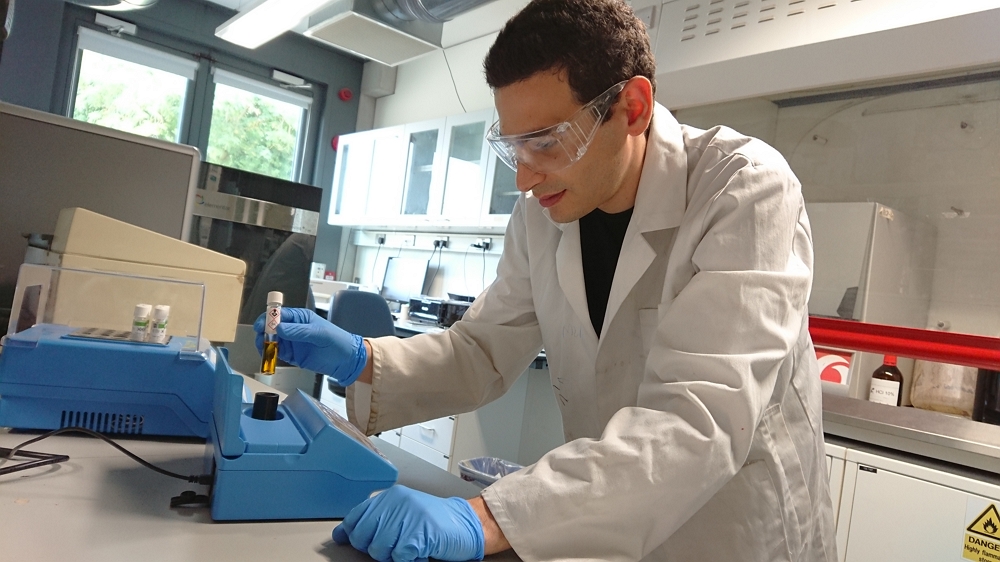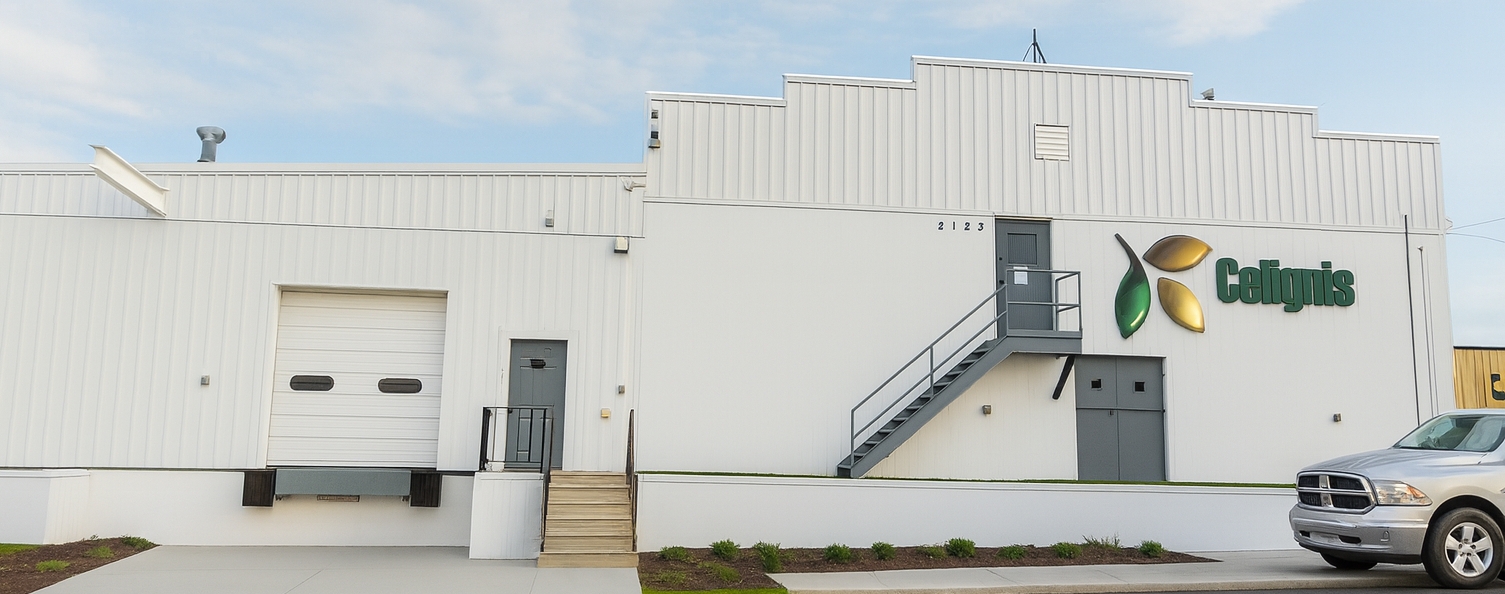Analysis of Functional Molecules
Provides a comprehensive description of sources of exopolysaccharides, and advances in extraction technologies. | |
Drug resistance to the classically used chemotherapeutic drugs is the major challenge in their treatment of cancer needing the discovery of novel anticancer drugs. In terms of finding novel therapeutics, endophytes are quite promising as they are an excellent source of novel structures, which exhibit bioactivity. The present study demonstrated a dose-dependent antiproliferative activity of mycelial-derived secondary metabolites from a macroalgae associated endophyte Aspergillus unguis AG 1.1 (G). The antiproliferative activity of A. unguis mycelial extract (AUME) was observed on different human cancer cell lines. PI live/dead assay further confirmed the cytotoxic potential of the mycelial extract. Furthermore, AUME caused mitochondrial membrane aberration and generated ROS production as well indicating its potential to induce cell death by apoptosis. The metabolic profiling of the mycelial extract using GC-MS and LC-MS/MS revealed the presence of fatty acids, a benzoquinolinone derivative, imidazolidinedione derivative, diethyl phthalate and phthalate acid ester, a difuraxanthone, two prenylxanthone analogs and a phthalide derivative and some unknown metabolites. Presence of 4-(4-Hydroxy-3,5-dimethoxy-phenyl)-3,4-dihydro-1H-benzo[h]quinolin-2-one, 1-hydroxy-3,5-dimethoxy-2-prenylxanthone, 1,6-dihydroxy-3-methoxy-2-prenylxanthone and 3-butylidene-7-hydroxyphthalide in AUME could be correlated to the notable cytotoxicity exhibited by the endophyte. The additional presence of many unidentified compounds heightened the prospects of finding some novel bioactive metabolites. Our results indicated that secondary metabolites produced by A. unguis AG 1.1 (G) have therapeutic potential as anticancer agents. | |
The marine ecosystem is an extraordinary reserve of pharmaceutically important, bioactive compounds even in this 'synthetic age'. Marine algae-associated endophytic fungi have gained prominence as an important source of bioactive compounds. This study was conducted on secondary metabolites of Chaetomium globosum-associated with marine green alga Chaetomorpha media from the Konkan coastline, India. Its ethyl acetate extract (CGEE) exhibited an IC50 value of 7.9?+-?0.1 µg/mL on MCF-7 cells. CGEE exhibited G2M phase cell cycle arrest, ROS production and MMP loss in MCF-7 cells. The myco-components in CGEE contributing to the cytotoxicity were found by Gas Chromatography/Mass Spectrometry analyses. Chrysin, a dihydroxyflavone was one of the forty-six myco-components which is commonly found in honey, propolis and passionflower extracts. The compound was isolated and characterized as fungal chrysin using HPLC, UV-Vis spectroscopy, LC-MS, IR and NMR analyses by comparing with standard chrysin. The purified compound exhibited an IC50 value of 49.0?+-?0.6 uM while that of standard chrysin was 48.5?+-?1.6 uM in MCF-7 cells. It induced apoptosis, G1 phase cell cycle arrest, MMP loss, and ROS production. This is the first report of chrysin from an alternative source with opportunities for yield enhancement. | |
The immobilization of B-fructofuranosidase for short-chain fructooligosaccharide (scFOS) synthesis holds the potential for a more efficient use of the biocatalyst. However, the choice of carrier and immobilization technique is a key to achieving that efficiency. In this study, calcium alginate (CA), Amberlite IRA 900 (AI900) and Dowex Marathon MSA (DMM) were tested as supports for immobilizing a novel engineered B-fructofuranosidase from Aspergillus japonicus for scFOS synthesis. Several immobilization parameters were estimated to ascertain the effectiveness of the carriers in immobilizing the enzyme. The performance of the immobilized biocatalysts are compared in terms of the yield of scFOS produced and reusability. The selection of carriers and reagents was motivated by the need to ensure safety of application in the production of food-grade products. The CA and AI900 both recorded impressive immobilization yields of 82 and 62%, respectively, while the DMM recorded 47%. Enzyme immobilizations on CA, AI900 and DMM showed activity recoveries of 23, 27, and 17%, respectively. The CA, AI900 immobilized and the free enzymes recorded their highest scFOS yields of 59, 53, and 61%, respectively. The AI900 immobilized enzyme produced a consistent scFOS yield and composition for 12 batch cycles but for the CA immobilized enzyme, only 6 batch cycles gave a consistent scFOS yield. In its first record of application in scFOS production, the AI900 anion exchange resin exhibited potential as an adequate carrier for industrial application with possible savings on cost of immobilization and reduced technical difficulty. | |
The aim of this work was to evaluate the biosurfactants produced by the yeast Pseudozyma sp. NII 08165 for enhancing the degradation of crude oil by a model hydrocarbon degrading strain, Pseudomonas putida MTCC 1194. Pseudozyma biosurfactants were supplemented at various concentrations to the P. putida culture medium containing crude oil as sole carbon source. Supplementation of the biosurfactants enhanced the degradation of crude oil by P. putida; the maximum degradation of hydrocarbons was observed with a 2.5 mg L?1 supplementation of biosurfactants. Growth inhibition constant of the Pseudozyma biosurfactants was 11.07 mg L?1. It was interesting to note that Pseudozyma sp. NII 08165 alone could also degrade diesel and kerosene. Culture broth of Pseudozyma containing biosurfactants resulted up to ?46% improvement in degradation of C10–C24 alkanes by P. putida. The enhancement in degradation efficiency of the bacterium with the culture broth supplementation was even more pronounced than that with relatively purer biosurfactants. | |
White biotechnology makes use of fermentation technology to produce various primary and secondary metabolites from microorganisms, plants, and animal cells at commercial level. Cosmetic industry has been using a variety of biotechnologically derived compounds in their cosmetic formulations due to their interesting skin- and hair-care functions and their potential to replace the harmful synthetic compounds. Biocompatibility, eco-friendly nature, versatile activity, and the superior performance are the major attributes offered by biotechnologically derived cosmetic ingredients. Some popular examples are epidermal growth factor, botulinum toxin, collagen, ceramide, and kojic acid. Purifications of bioactive molecules from the complex crude plant or animal extracts were made possible with the use of biorefinery and bioconversion techniques. Addition of pure phytochemicals in cosmetic formulations eliminated the need of adding the crude plant extract which usually results in contraindicatory symptoms and side effects. Recombinant DNA technology and genetic engineering allow the stable, large-scale production of bioactive molecules, which also avoid various ethical concerns usually associated with production and extraction of molecules, such as placental-derived proteins. Strain improvement and metabolic engineering addressed the challenges such as feedback regulation in the large-scale production of microbial compounds. This chapter discusses various dermatological and hair-care functions exhibited by biotechnologically derived compounds and structural classifications along with production aspects. This chapter also emphasizes the exploration of novel bioactive compounds for their cosmaceutical properties, and thus be a welcome addition to the modern cosmetic formulations. | |
The aim of this work was to evaluate the biosurfactants produced by the yeast Pseudozyma sp. NII 08165 for enhancing the degradation of crude oil by a model hydrocarbon degrading strain, Pseudomonas putida MTCC 1194. Pseudozyma biosurfactants were supplemented at various concentrations to the P. putida culture medium containing crude oil as sole carbon source. Supplementation of the biosurfactants enhanced the degradation of crude oil by P. putida; the maximum degradation of hydrocarbons was observed with a 2.5 mg L(-1) supplementation of biosurfactants. Growth inhibition constant of the Pseudozyma biosurfactants was 11.07 mg L(-1). It was interesting to note that Pseudozyma sp. NII 08165 alone could also degrade diesel and kerosene. Culture broth of Pseudozyma containing biosurfactants resulted up to circa 46% improvement in degradation of C10-C24 alkanes by P. putida. The enhancement in degradation efficiency of the bacterium with the culture broth supplementation was even more pronounced than that with relatively purer biosurfactants. | |
The aim of this work was to study the production of exopolysaccharide (EPS) from a novel ustilaginomycetes yeast strain Pseudozyma sp. NII 08165. The culture produced 3.5g/l EPS on fourth day of fermentation in a glucose-based medium. The structural characterization revealed that the EPS was a polymer of glucose, galactose and mannose in the ratio of 2.4:5.0:2.6 with a molecular weight of 1.7MDa. The pseudoplastic behaviour of aqueous EPS with a thermal stability up to 220 C indicated its potential utility as a thickening or gelling agent in food industry. SEM studies of the EPS showed that it had compact film-like structure, which could make it a useful in preparing plasticized films. The AFM studies showed that EPS had spike-shaped microstructure. Physical properties of the exopolysaccharide determined further indicated its possible potential in different industrial applications. | |
The novel isolate Pseudozyma sp. NII 08165 produced glycolipid biosurfactants, which was a combination of all the three mannosylerythritol lipids (MELs) isomers along with some unknown glycolipids. The strain produced 34 g/l MELs in medium containing 8% (w/v) soybean oil as carbon source after nine days of fermentation. The structural characterization of purified MEL revealed the hydrophobic structure of MEL-C consisting of short chain fatty acid (C2 or C4) at the C-2' position and a long chain fatty acid (C14, C16 or C18) at the C-3' position of the mannose moiety. The MEL-C showed good surface activity with critical micelle concentration (CMC) of 4.5 x 10-6 M and surface tension of 33 mN/m at CMC. The crude biosurfactants were stable at high temperature and over the alkaline pH range which favour their scope of application as laundry detergent additives. Fabric wash analysis revealed that crude biosurfactants from Pseudozyma sp. NII 08165 removed stains efficiently and can be used in laundry detergent formulations. | |



